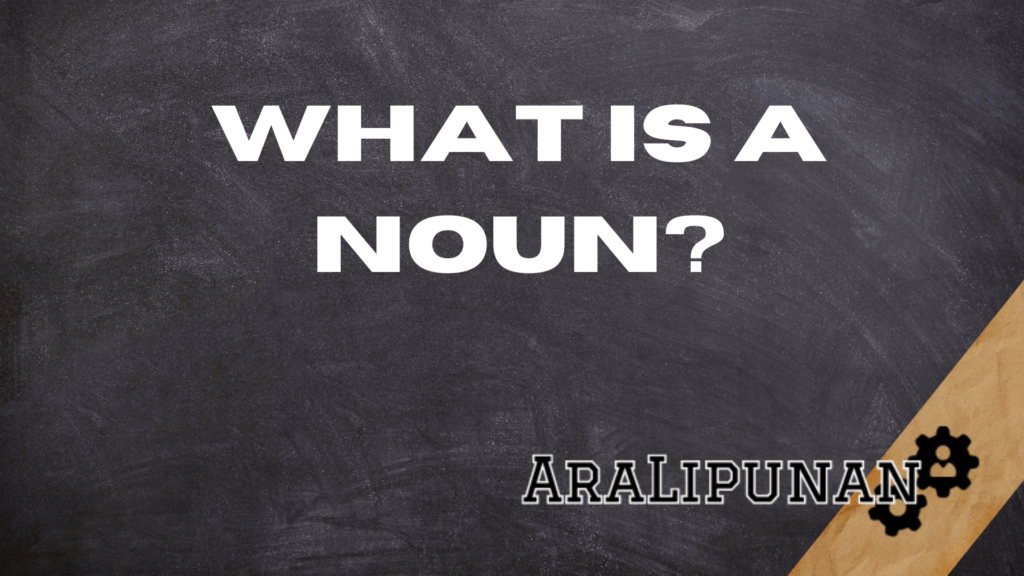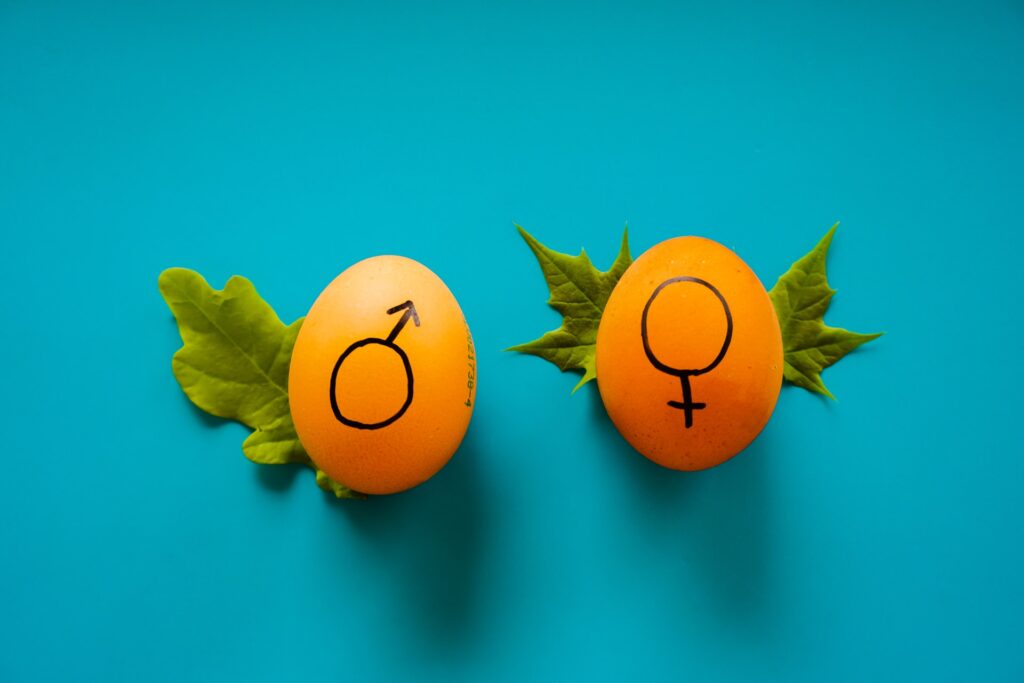What is a Noun?
At the very heart of language lies the noun, a fundamental component that forms the backbone of our communication. Simply put, a noun is a word that names a person, place, thing, or idea. Whether it’s the tangible objects we encounter every day or the intangible concepts that shape our thoughts, nouns play a crucial role in helping us express ourselves clearly.

What is the Purpose of a Noun?
The primary purpose of a noun is to serve as the subject or object in a sentence. Subjects, the main actors in a sentence, are often nouns, representing the ‘who’ or ‘what’ of the action. Objects, on the other hand, receive the action and are also typically nouns. Without nouns, sentences would lack substance and coherence, resembling mere fragments of language.
Types of Nouns
Proper vs. Common Nouns
Nouns can be classified into proper and common categories. Common nouns refer to general items, like “dog” or “city,” while proper nouns identify specific entities, such as “Fido” or “New York City.” Proper nouns are always capitalized, underscoring their uniqueness.
Common nouns are used to represent the everyday items and concepts that populate our conversations. From “book” to “ocean,” they form the foundation of our shared vocabulary.
Proper nouns, in contrast, point to specific individuals, places, or things. They inject personality and specificity into our language, transforming a mundane “dog” into the beloved “Fido” or a generic “city” into the “New York City.”
Example:
- Common Noun Examples:
- The cat is sleeping on the windowsill.
- A restaurant opened on the corner of the street.
- I bought a new car last week.
- She has a beautiful collection of flowers in her garden.
- The teacher explained the lesson thoroughly.
- Proper Noun Examples:
- Max is my best friend.
- We visited Paris during our summer vacation.
- The movie starred Tom Hanks and Meryl Streep.
- Mount Everest is the world’s highest peak.
- Our school’s mascot is the Eagle.
Concrete vs. Abstract Nouns
Concrete nouns are tangible and perceptible to our senses, like “tree” or “apple.” In contrast, abstract nouns encompass intangible concepts, such as “freedom” or “love.” These nouns tap into our emotions and ideas.
Concrete nouns ground us in the physical world, invoking the touch, sight, and sound of the objects they represent. A “mountain” is not just a word but a colossal presence in our minds.
On the flip side, abstract nouns transcend the boundaries of the tangible, encapsulating emotions, ideas, and concepts that shape our worldview. “Joy” and “justice” may elude our physical senses, but their impact is undeniable, influencing our thoughts and actions.
Example:
- Concrete Noun Examples:
- The toddler played with colorful blocks.
- Freshly baked cookies filled the kitchen with aroma.
- A majestic oak tree stood in the middle of the park.
- The artist created a stunning painting of a sunset.
- The children built a sturdy sandcastle on the beach.
- Abstract Noun Examples:
- The novel explores the concept of freedom in society.
- His kindness and generosity are a source of endless joy.
- The documentary delves into the idea of justice around the world.
- The poem captures the essence of love and longing.
- Patience is a valuable virtue in challenging situations.
Countable vs. Uncountable Nouns
Countable nouns are nouns used for things that can be counted—like “books” or “chairs.” Uncountable nouns, however, refer to substances or concepts that cannot be easily quantified, such as “water” or “happiness.”
Countable nouns allow us to quantify and enumerate. “Apples” can be counted one by one, and “tables” can be arranged in rows.
Uncountable nouns, however, resist easy quantification. They represent the intangible and the immeasurable—qualities that enrich our language with depth and complexity. While we count “chairs,” we savor the uncountable essence of “peace” and “knowledge.”
Example:
- Countable Noun Examples:
- We adopted two puppies from the shelter.
- The farmer harvested a dozen eggs from the chicken coop.
- I have five colorful pens on my desk.
- The store sells various types of shoes.
- There are three chapters in this book.
- Uncountable Noun Examples:
- The chef used a fresh cup of water to prepare the soup.
- His essay reflected profound wisdom on the subject.
- We enjoyed the soothing sound of music in the background.
- The scientist studied the effects of enormous pollution on the environment.
- Happiness is a subjective experience that varies for each person.
Regular vs. Irregular Nouns
Regular nouns follow predictable patterns when forming plurals. For instance, adding “-s” to “cat” gives you “cats.”
Irregular nouns do not follow these rules. We have words like “child” becoming “children” or “ox” transforming into “oxen.” These variations can pose challenges for learners.
Example:
- Regular Noun Examples:
- The library has a vast collection of interesting books.
- I purchased three new computers for the office.
- She bought two stylish dresses for the party.
- The garden is filled with colorful flowers.
- The children played with their favorite toys in the park.
- Irregular Noun Examples:
- The child hugged her teddy bear tightly.
- The farmer had several oxen on his farm.
- The explorer discovered ancient footprints in the cave.
- The family adopted two mice as pets.
- The hikers encountered wild geese during their trek.
Collective Nouns
Collective nouns refer to groups or collections of individuals, like a “herd” of cattle or a “team” of athletes. While these nouns may appear singular, they represent a collective entity and can take either singular or plural forms depending on the context.
Collective Noun Examples:
- A herd of elephants grazed peacefully in the savanna.
- The team won the championship, and the troop celebrated their victory.
- A flock of birds flew across the sky in a mesmerizing pattern.
- The class formed a circle for a group discussion.
- A fleet of ships sailed into the harbor, signaling the start of the festival.
Gerunds and Infinitives
Beyond naming objects and ideas, nouns also come in the form of gerunds and infinitives. Gerunds, ending in “-ing,” function as nouns while expressing actions, as in “swimming” or “reading.” Infinitives, with “to” followed by a verb, also act as nouns, as seen in phrases like “to dance” or “to learn.” These versatile forms provide flexibility in constructing sentences.
Navigating the diverse landscape of nouns enriches our language, allowing us to convey a myriad of thoughts and experiences with precision and nuance. As we explore these various types of nouns, we gain a deeper understanding of how they shape the structure and meaning of our sentences.
- Gerund Examples:
- Swimming is a popular activity at the community pool.
- I enjoy reading novels in my free time.
- Cooking requires patience and precision.
- Running helps to keep me fit and energized.
- She appreciates dancing as a form of self-expression.
- Infinitive Examples:
- I hope to travel to exotic places someday.
- Her goal is to learn a new language this year.
- It’s essential to study regularly for academic success.
- The decision to pursue a career in art was a bold move.
- We made plans to explore the countryside during the summer.
Further Reading:
- Nouns: Types of Nouns With Examples | Grammarly
- Noun Definition & Meaning – Merriam-Webster
- noun | meaning – Cambridge Learner’s Dictionary








